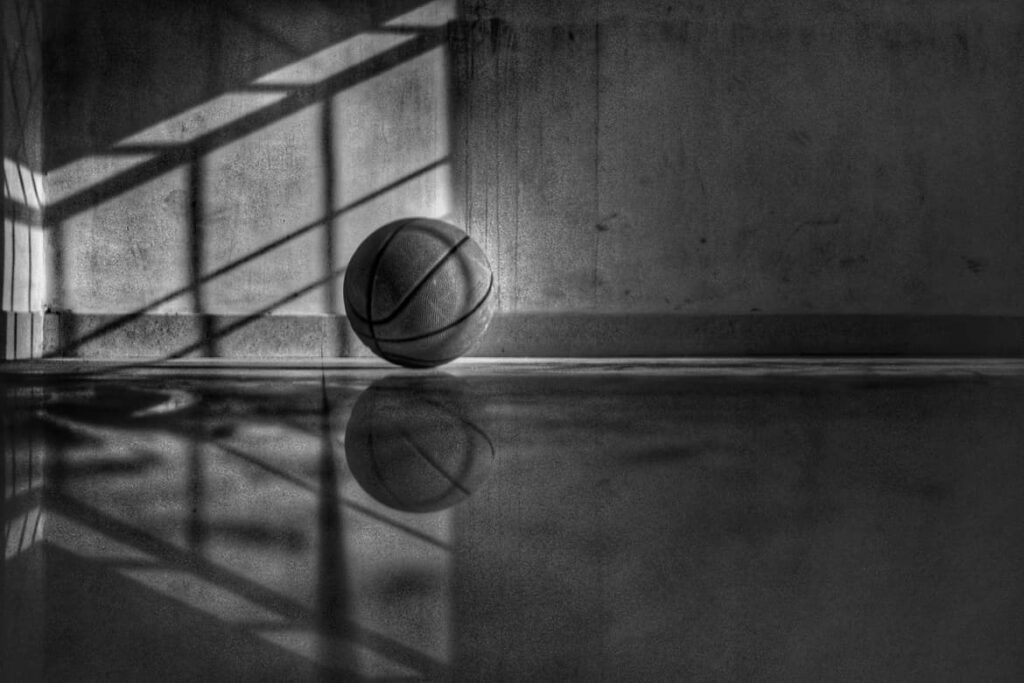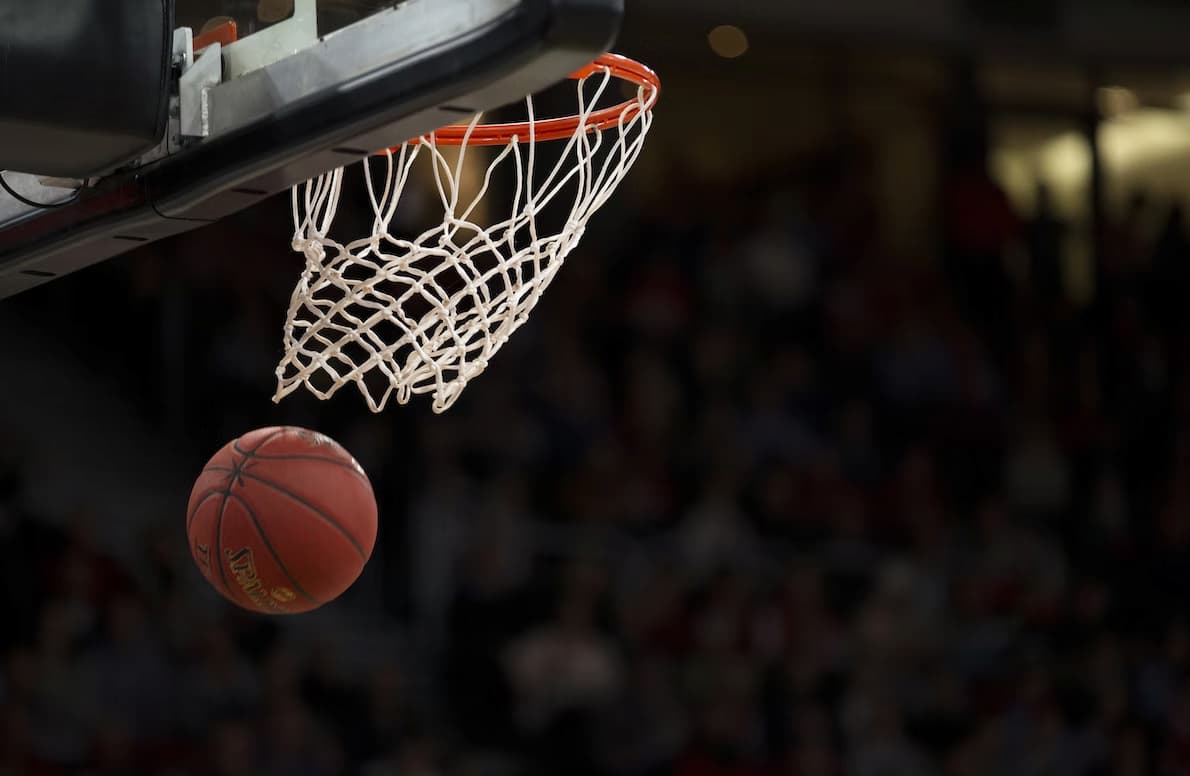In classic basketball, each team divides its players into different roles. This classification is introduced to avoid confusion during the matches. With your role, you will clearly understand where you should be on the court and what you should do. Roles also simplify the process of creating strategies, just like when you play Eye of Horus free play slot, which is one of the most engaging gambling games.
Point guard
If we were asked to describe a point guard position in a few words, we would say that it is a playmaker of the game. Thus, it is a player who starts the attack on the rim, and the entire strategy is built off him. This role is most commonly given to the smallest player on the team with the best ball handles. A point guard simply doesn’t need a huge size as it would only slow him down and make it easier for defenders to steal his ball.
Often, the point guard aims to drive the ball towards the rim, dragging a couple of defenders on him. After that, he will commonly give a pass to the team’s shooter, who will score points with a shot. Or, in another popular scenario, the point guard will use his handles to outplay defenders and finish with a scoring layup.
A point guard should be not only the fastest but also a player with the highest basketball game knowledge. Due to that element, point guards are often called “Coaches of the floor.”

Shooting guard
As the name suggests, a shooting guard is one of those guys who will score the most shots on the team. Typically, shooting guards have a taller complexion than point guards, so it is harder to block their jump shots.
The shooting guard’s main task during the game is to be open for the shot. Thus, they must methodically circulate all around the court to find possibilities for a shot. To do that, you must communicate with your teammates and let them know your next move in advance.
During the training, shooting guards have to spend most of their time perfecting their shooting form and getting buckets. Another good idea would be to train stepbacks and shots off different feints.
Small forward
Small forward is the most versatile role in the basketball game that must be capable of doing a few main things. In most matches, they perform as a second shooting guard (they are both often called “wings”). But the main difference between those roles is that the small forward mainly plays inside a three-point line and doesn’t shoot threes.
Small forwards should have a skill set just like a default guard. Thus, they should be agile and strong. But if we need to outline some more specific skills, it will be a foul drawing. The small forward must set up aggressive layups, shots, and dunks, leading to a defensive foul.
Power forward
Power forward is a close-range baller that has some versatility in his pocket. He will generally be the strongest player on the team, capable of winning tough contests in the low-post and under the rim. He should also be capable of throwing mid-range shots, but not further than a foul line.
During training, the power forward should give most of his time and effort to training shots and be able to score against resistance.
Center player
A center player is the tallest baller on the team who spends most of his playtime on the baseline or under the rim. Their main task during the game is to score contested shots, make rebounds, block enemies under the rim, and screen. The minimum height required for a central player is at least 6.8 ft.
How to find your position?
Defining your position is one of those hard basketball choices you need to make. It will greatly impact your future playing experience, and its importance can be compared to choosing one of many online gambling sites before spinning your first slot.
So, first of all, you need to understand what your complexion allows you to do in the game. If you are the smallest player, you should set realistic expectations. So if you are six feet tall, and most of your teammates are above that, you will probably take one of the guard roles.
The playstyle you prefer should be considered next. So if you enjoy driving the ball, giving passes, and being a small player, the point guard is your choice. Or maybe you are a giant who wants to dominate enemies under the rim, then power forward or center is an obvious choice.
